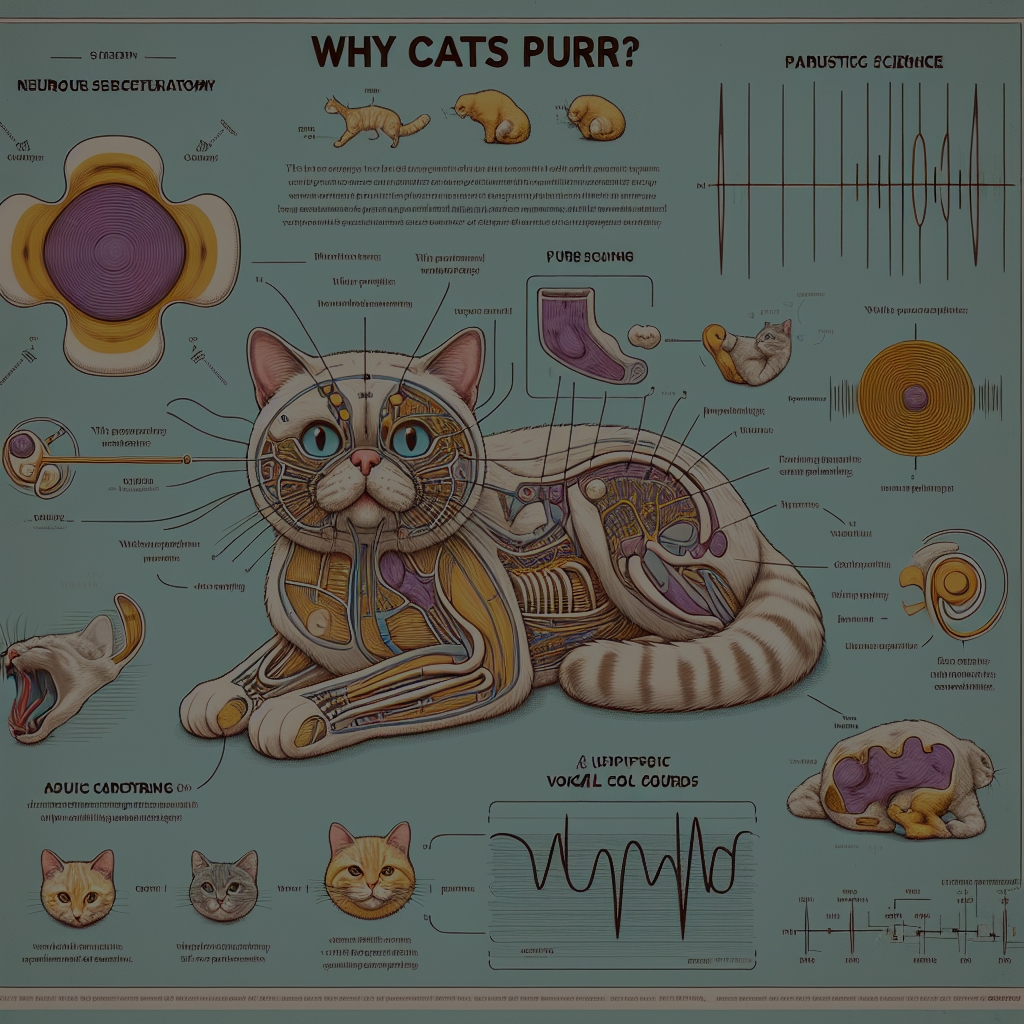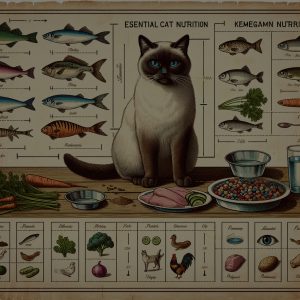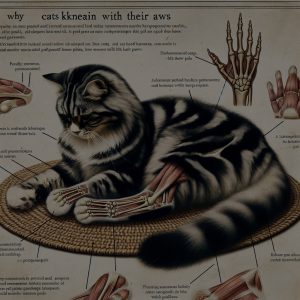
Cat purring is one of the most enchanting and mysterious behaviors exhibited by our feline companions. To the untrained ear, it may simply sound like a contented hum, but the underlying science reveals a far more complex phenomenon. Understanding why cats purr involves delving into their biology, evolutionary history, and the profound impact this behavior has on both cats and humans. This article explores the science behind cat purring, aiming to demystify this common yet fascinating feline behavior.
The Biological Mechanism of Cat Purring
Purring in cats is primarily produced by the laryngeal (voice box) muscles and the diaphragm. During inhalation and exhalation, these muscles twitch at a frequency of 25 to 150 vibrations per second (Hz). This rapid movement causes a sudden separation of the vocal cords, producing the sound known as purring. The neural oscillator in the cat’s brain triggers this muscle activity, setting off a cycle of contraction and release that leads to continuous purring without interrupting normal breathing.
Interestingly, purring is not limited to a specific phase of respiration. Cats can purr both while inhaling and exhaling, which accounts for the continuous and smooth nature of the sound. The process is involuntary to a certain extent, akin to the beating of a heart or the rhythm of breathing. Despite its common association with contentment, purring can also occur in situations of stress or pain, suggesting a complex interplay of physiological triggers.
Moreover, cats begin to purr from a very young age. Kittens start to purr when they are just a few days old, primarily to communicate with their mothers. This early development indicates that purring is an innate behavior deeply embedded in the biology of felines. The consistency and early onset of purring highlight its fundamental role in cat communication and well-being.
Evolutionary Benefits of Purring in Cats
From an evolutionary standpoint, purring offers several significant advantages to cats. One of the most widely accepted theories is that purring serves as a means of communication between mother cats and their kittens. For young kittens, purring can indicate a state of well-being to their mothers, ensuring that they receive the necessary care and attention during their vulnerable early stages of life.
Another evolutionary benefit is related to the self-healing properties of purring. Studies have indicated that the frequency of a cat’s purr, which ranges between 25 and 150 Hz, can promote healing and increase bone density. This frequency range is known to stimulate tissue regeneration and improve the healing process of bones and wounds. Thus, cats may use purring as a natural mechanism to help recover from injuries and maintain their overall health.
Additionally, purring can serve as a way to mitigate threats from predators. When injured or in pain, a cat might purr to indicate a non-threatening state, thus reducing the likelihood of attracting further danger. This behavior can be seen as an evolutionary strategy to avoid drawing attention to their weakened state, thereby increasing their chances of survival. Overall, the evolutionary benefits of purring are multifaceted, serving both communicative and physiological functions.
How Cat Purring Affects Human Health
The soothing sound of a cat purring can have a remarkably positive impact on human health. Numerous studies have shown that the frequency of a cat’s purr can induce therapeutic benefits, such as reducing stress and promoting relaxation. The vibrations from purring can help lower blood pressure, decrease the risk of heart disease, and enhance overall cardiovascular health, making the presence of a purring cat a welcome addition to stress-filled environments.
Moreover, the repetitive, rhythmic sound of purring can act as a form of sound therapy. It has the potential to calm the nervous system, reduce anxiety, and improve mood. For individuals suffering from stress-related conditions, spending time with a purring cat can serve as a form of non-invasive treatment, enhancing emotional well-being and offering a sense of companionship and comfort.
Furthermore, the act of petting a purring cat releases endorphins in humans, which are natural painkillers and mood elevators. This interaction can be particularly beneficial for individuals dealing with chronic pain or emotional distress, providing both physical relief and emotional support. The bond formed between humans and purring cats epitomizes the profound interconnectedness between species, showcasing the therapeutic power of this fascinating behavior.
Debunking Myths and Misconceptions About Purring
One common myth about cat purring is that it signifies absolute happiness and contentment. While it is true that cats often purr when they are relaxed and happy, purring can also occur in situations of stress, fear, or pain. Cats may purr when they are injured, giving birth, or even at the vet, indicating that purring is not solely an expression of positive emotions. It is a multifaceted behavior with various triggers and meanings.
Another misconception is that only domestic cats purr. In reality, purring is observed in several species of felines, including cheetahs, bobcats, and even some members of the wild cat family. However, the mechanism and purpose of purring can differ among species. For instance, large cats like lions and tigers do not purr in the same way as domestic cats and are more likely to produce a similar sound called a “roar,” which serves different communicative functions.
Lastly, some people believe that cats purr intentionally to get what they want from humans, like food or attention. While purring can indeed be an effective way for cats to communicate their needs, it is not always a calculated behavior. Often, a cat’s purring is an instinctual response rather than a deliberate action. Understanding the complexities of purring helps in appreciating the nuanced ways in which cats interact with their environment and caregivers.
The science behind why cats purr is a captivating blend of biology, evolution, and interspecies interaction. Far from being a simple expression of contentment, purring serves multiple roles, ranging from communication to self-healing and stress mitigation. For humans, the soothing sound of a cat’s purr provides significant emotional and physiological benefits, reinforcing the deep bond between people and their feline friends. By dispelling common myths and misconceptions, we can gain a richer understanding of this extraordinary behavior and enhance our appreciation for the intricate lives of our feline companions.










